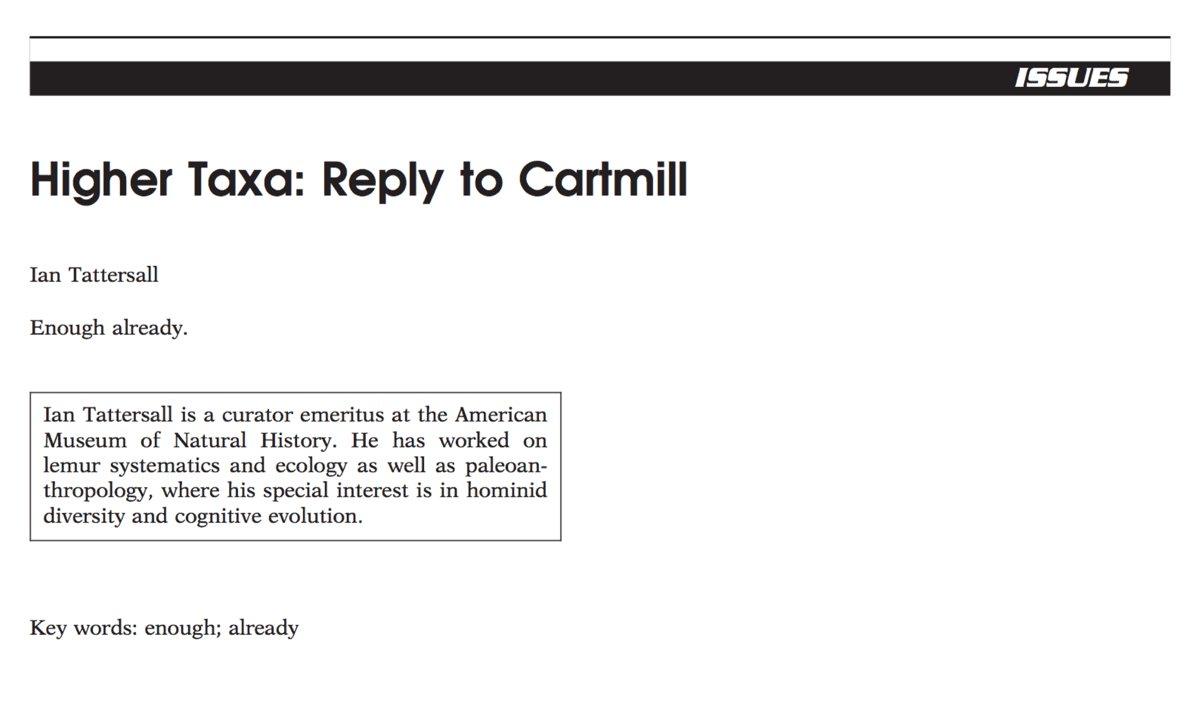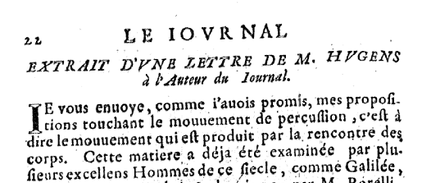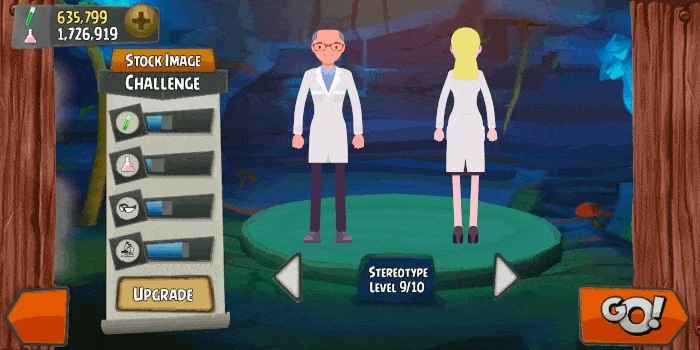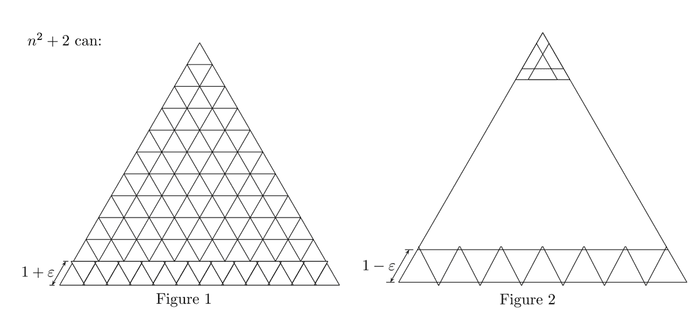
This blog post is about short papers. It seems out of place writing a long introduction.
If you ever wondered about the shortest papers ever published, or you just want to take the unique opportunity to read several papers in full within one minute, this post is for you.
Math can be short
Math can be hard and tedious resulting in very long papers. The 1995 proof of Fermat’s last Theorem was 108 pages long.
But math can also be short.
Lander and Parkin’s paper about a conjecture by Euler (related to Fermat’s last Theorem), is probably the dream of everyone ever written a paper: It answers an interesting and important question, it’s correct beyond any doubt, it’s easy to understand and only two sentences long.

Is there a way to beat that? John Conway and Alexander Soifer submitted a paper in 2005 with the goal to write the shortest math paper ever.
It is only two words long and contains two distinct proofs of their problem in two figures.
The editors were a bit surprised: “The Monthly publishes exposition of mathematics at many levels, and it contains articles both long and short. Your article, however, is a bit too short to be a good Monthly article. . . A line or two of explanation would really help.”
The authors did not give up and could convince the editors: “I respectfully disagree […] What else is there to explain?” Read the full story.
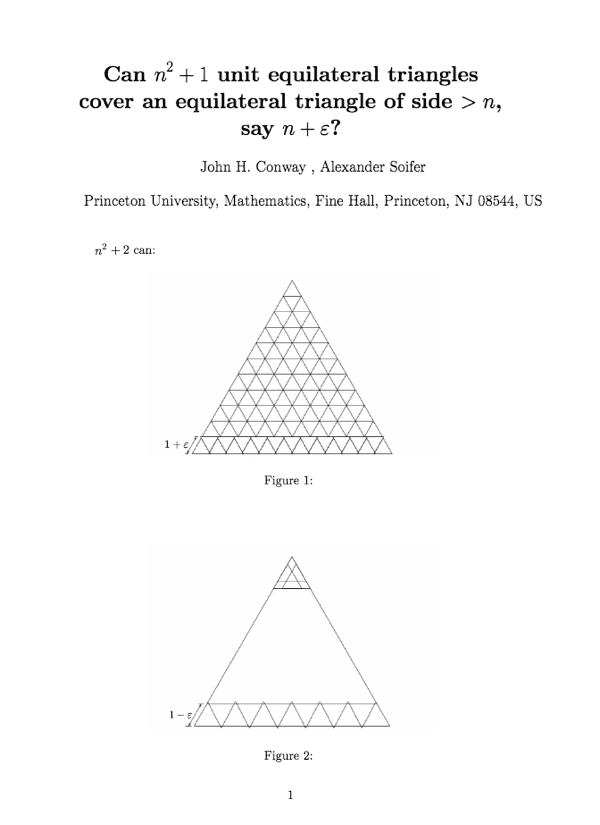
Empty pages
Can you write a meaningful paper shorter than 2 words? Probably not. Still, I want to mention the following case report of severe writer’s block, which contribute important zero words to the literature:
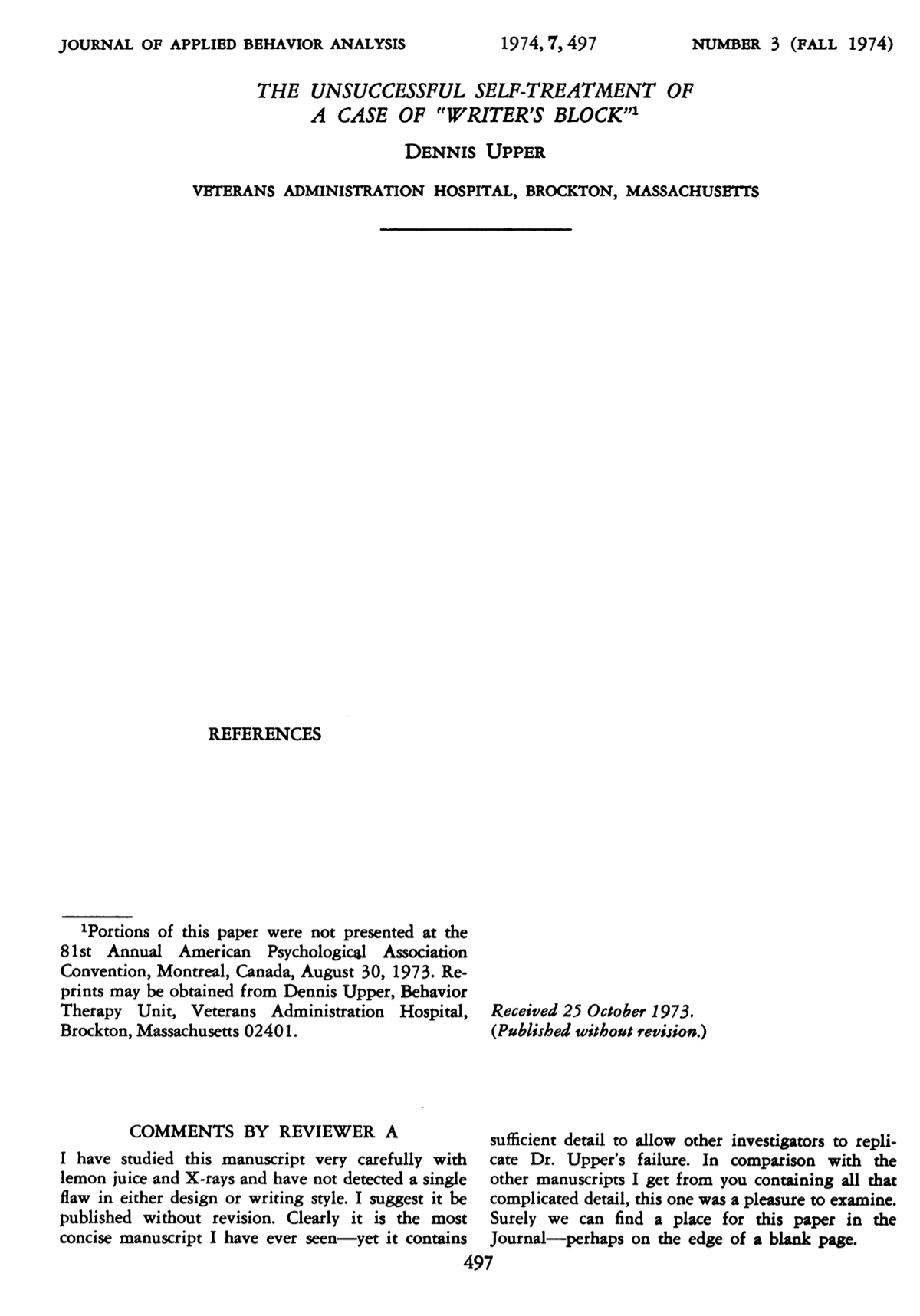
Also the following zero-word paper (excluding the abstract) makes an important point. Originally submitted to Nature Chemistry it did not make the cut for publication. But the editors liked it so much that they covered it in their blog and their production team produced a print PDF for it. It finally appeared in 2016 in the journal “Chemie in unserer Zeit” (50(2), 144–145) published by Wiley. It’s a German journal but don’t worry. The empty pages should be easy to read even in German…
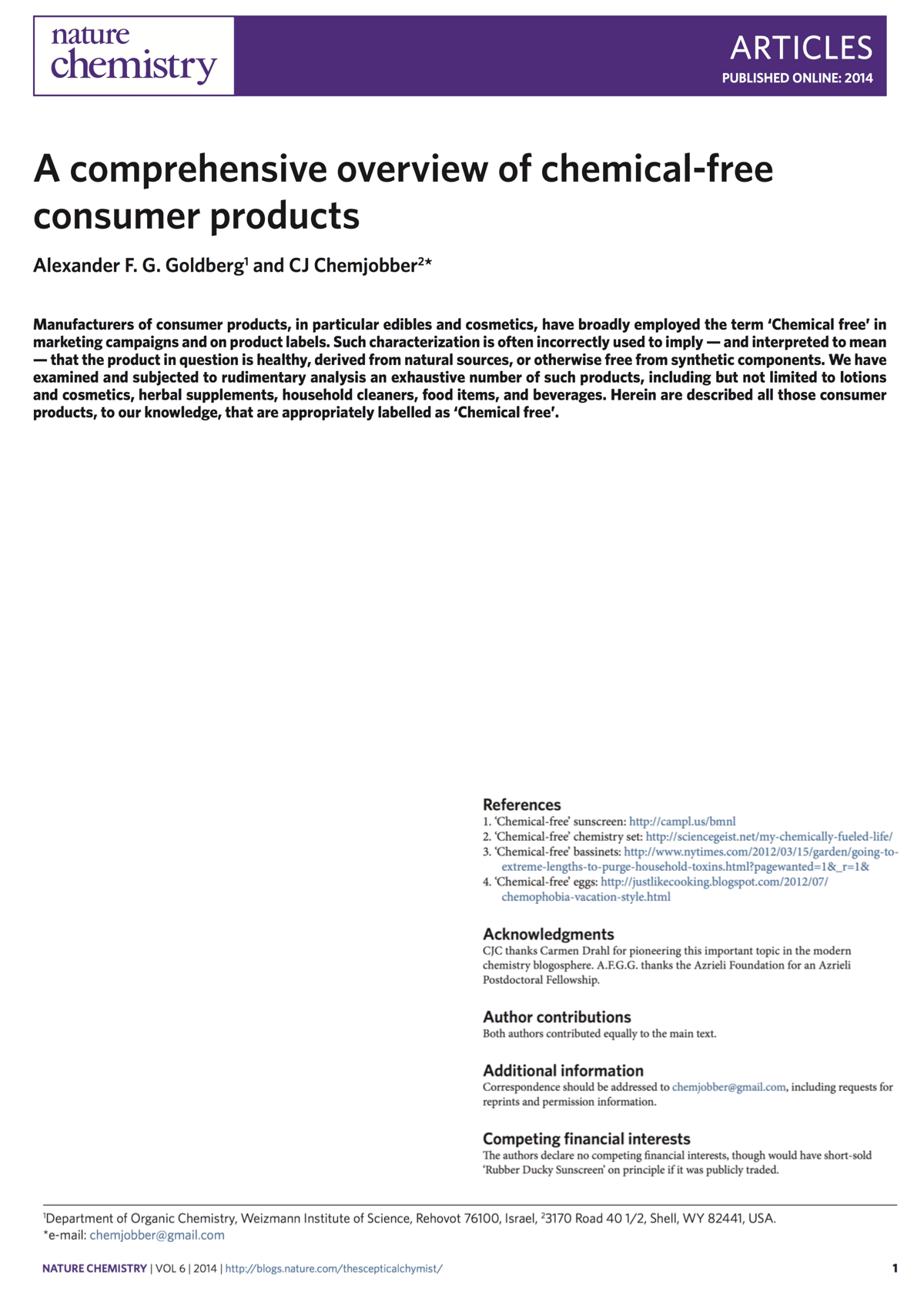
Short abstracts
Abstracts should be short by definition. But some are shorter than others. These are the shortest we could find:
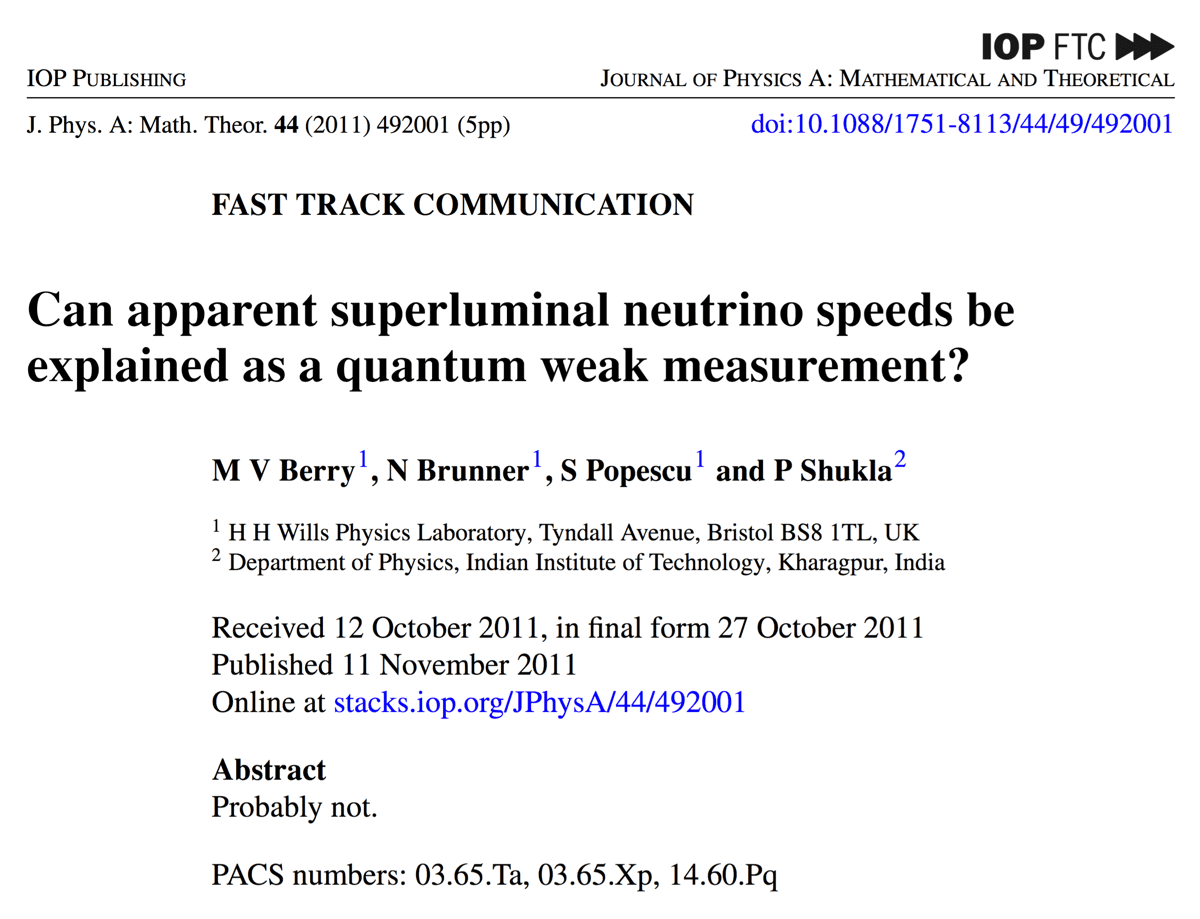
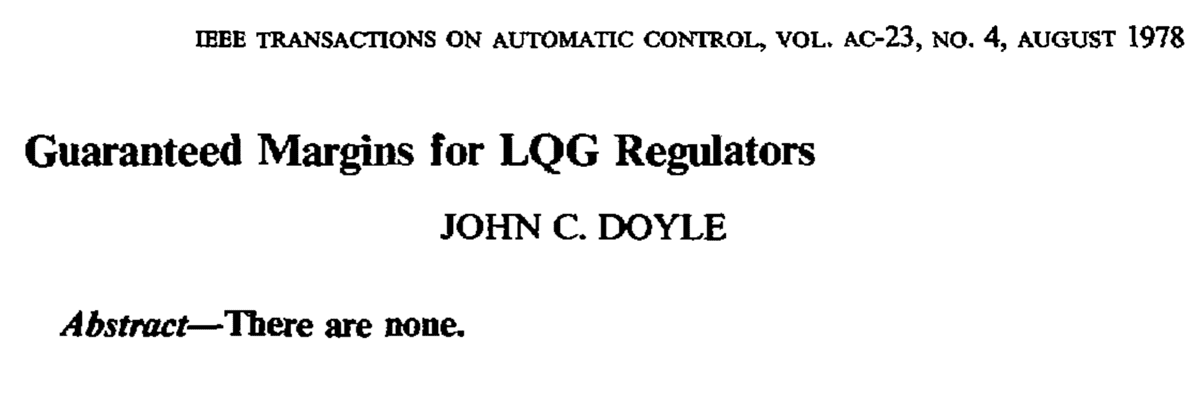

Enough already
